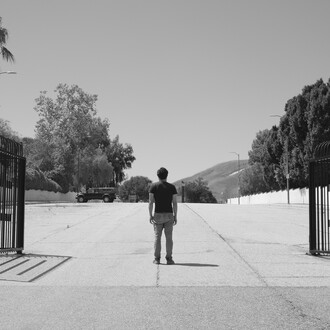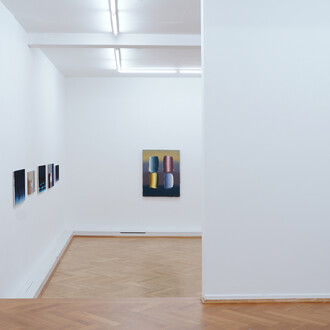Raphael – a near “divine” artist. As early as the 16th century he was already being feted in this way by Giorgio Vasari. In the early 19th century, the Raphael ‘boom’ had reached its apogee. The search for the bodily remains of the artist sent clergy, scholars and artists of the time into a frenzy.
Raphael, who was born on Good Friday 1483 and died 37 years later on Good Friday 1520, had requested that his body be interred in the Pantheon in Rome. However there was some doubt as to whether his remains had actually been buried there, and if the skull stored in the Accademia di San Luca was really that of the celebrated artist. And these doubts were not entirely unfounded, as would later become evident. The skull that was venerated in the Accademia[JS1] was not that of the artist at all. However Raphael’s burial site was eventually discovered in the Pantheon, on 14 September 1833, and his bones (including the skull) were able to be exhumed. What a sensation!
Sensing an opportunity, the Göttingen-born, Rome-based artist Johannes Riepenhausen took action to profit from this event. Seventeen years earlier, together with his brother Franz (who had since passed away) he had released a series of etchings on the life of Raphael – the first of their kind, because until that time, the post-Raphael reproduction boom had been concentrated primarily on his works rather than his life.
In 1816, the Riepenhausen brothers had initially focused on the childhood of this artistic genius. Now, Johannes Riepenhausen began reworking the material, illustrating all the essential stages of the artist’s life, and in 1833 released a 12-part series with captions in Italian. Two years later, the Rocca brothers published a German edition in Berlin and Göttingen with explanations of Raphael’s life based on Vasari’s work, which the Kupferstichkabinett is now placing on display in the Cabinet of the Gemäldegalerie as part of the celebrations to mark 500 years since Raphael’s death.
















